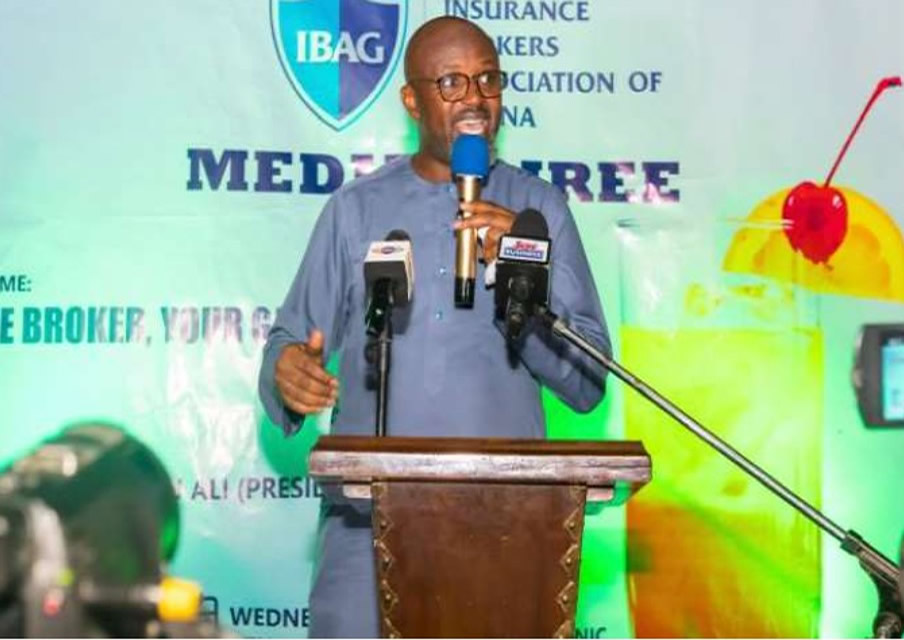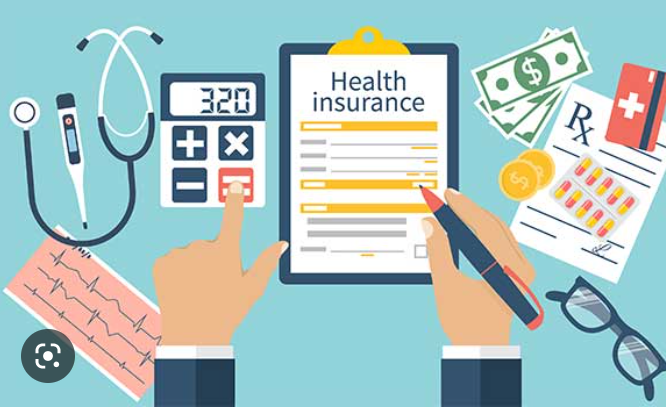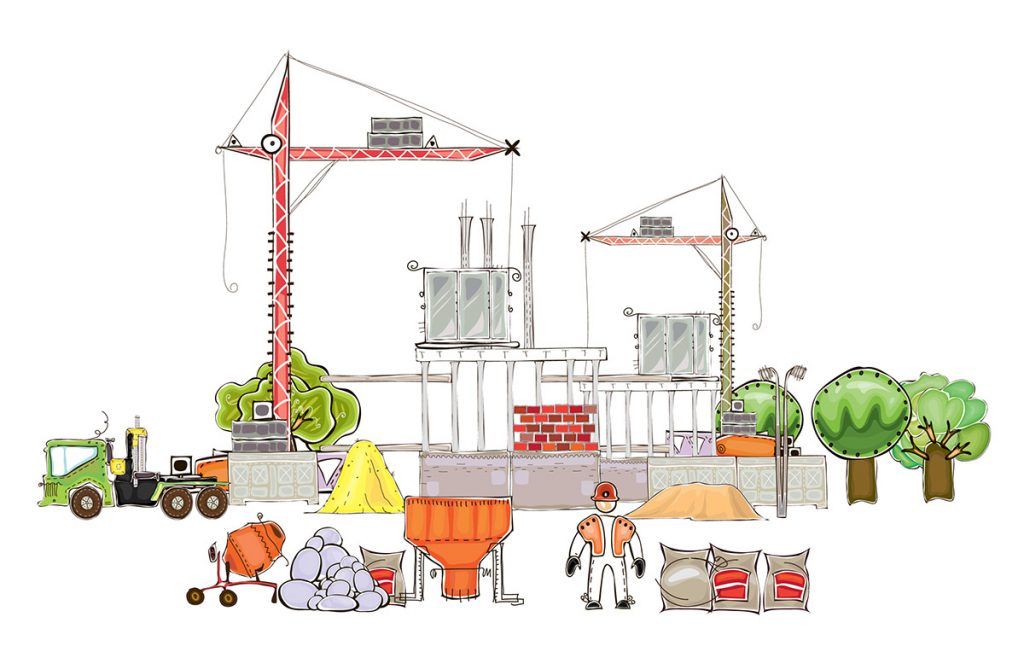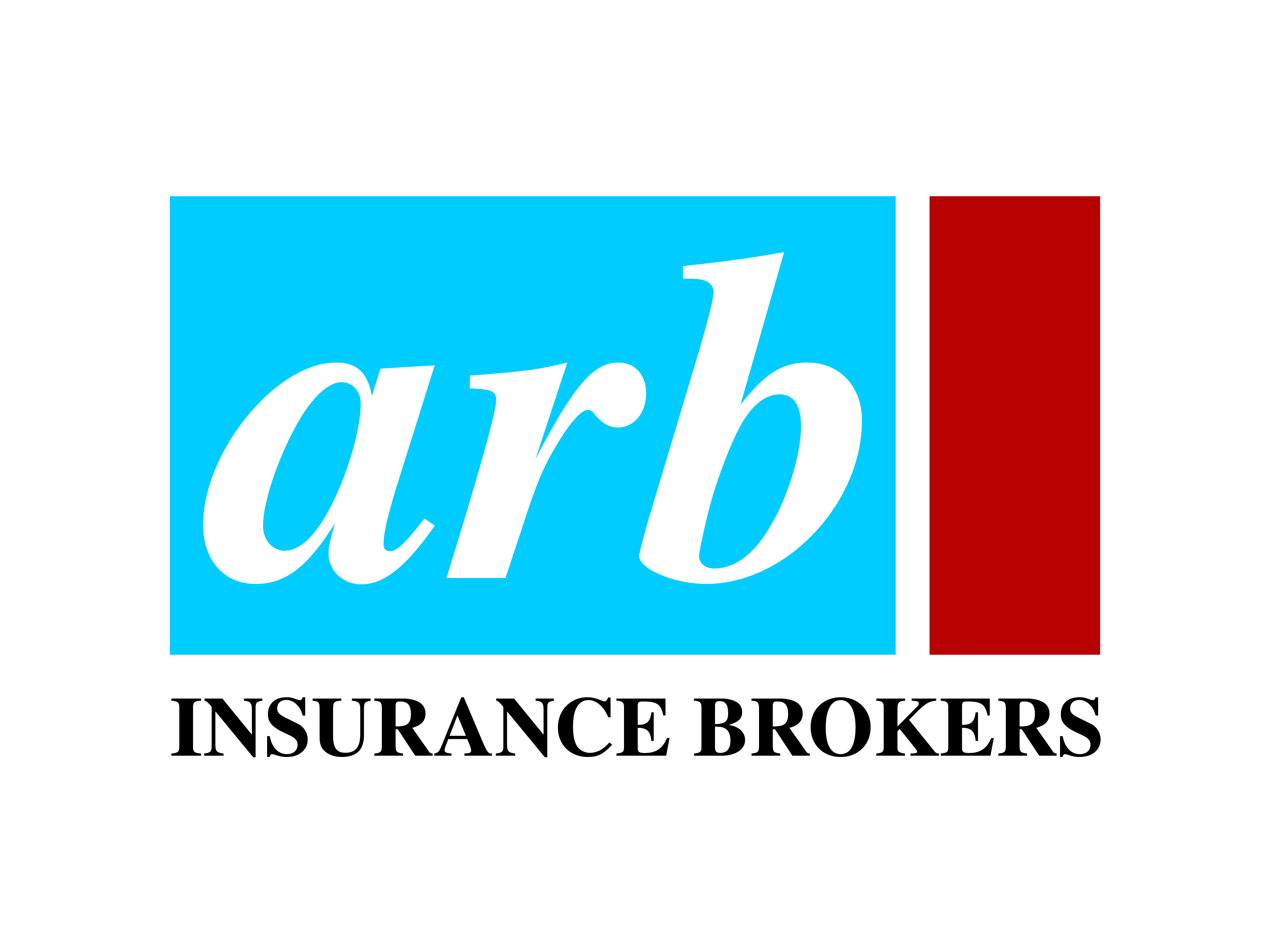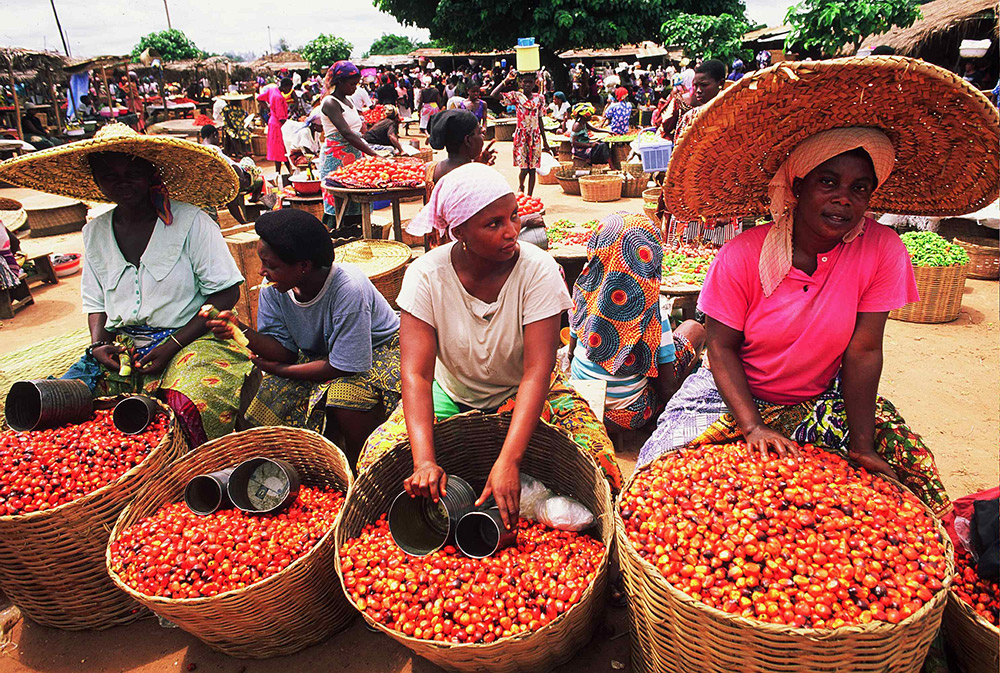
Microinsurance is a mechanism to protect low income people against risk, such as accident, illness, and natural disasters, in exchange for insurance premium payments tailored to their needs, income and level of risk. The microinsurance sector is a fast-growing industry with a potentially untapped market of over 2 billion people worldwide. Low-income households and micro, small and medium enterprises are particularly vulnerable to risks, be they related to health, agriculture, property or death. These risks often carry heavy financial implications as individuals, businesses and households attempt to deal with them. Since very few of these groups have access to efficient and effective formal risk management and social protection mechanisms, recuperating losses and recovering from shock is at best difficult, and more often impossible. Microinsurance provides poor and low-income households with the means to protect themselves against the effects of risk. The role of microinsurance must therefore be viewed alongside government provision of basic health services, employment and education, etc., all of which go towards alleviating poverty. There are many microinsurance schemes around the world today, but they still only meet a fraction of the overall need. It is difficult to estimate how many people are still uninsured or inadequately insured from risks. According to the Global Findex Database*1, two billion people did not have a bank account in 2014. The number of people who have no or inadequate insurance is even larger. (To find out about the percentage cover of microinsurance across differenmt regions of the world, see our World Map of Microinsurance). What is easier to measure is what is known as the global insurance protection gap, measured as the difference between insured and total economic losses as a share of GDP. A 2012 study by Lloyd's*2 puts the total protection gap at USD 168 billion and identifies 17 countries as underinsured, 15 of which are in developing or emerging markets. In other words, a large portion of risks are uninsured, and the majority of these risks concern low-income populations in developing and emerging economies. Further, when looking at the non-life insurance gap over time, it has been shown that over the past 40 years, the shortfall has grown continuously from about 0.02 per cent to 0.13 per cent of global GDP, as total losses have grown significantly faster than insured losses*3. Although microinsurance schemes have become self-sustaining, many still rely on receiving essential support in the form of grants and technical assistance. For microinsurance to become successful – for both policyholders and insurers – several elements are key. These include simple and affordable insurance products reaching large numbers of people, streamlined administration and premium payment, simplified claims management, and prompt delivery of benefits. All are important to provide "real value" to the target client. Microinsurance can also be a tool to extend social protection in the context of providing security to populations in developing countries and contributing to poverty alleviation. Overall, strategies and mechanisms should ensure that microinsurance is not approached in isolation, thereby maximising impact. As the world attempts to address the tremendous impact climate change is having on all regions of the world, it is worth noting that, once again, the poor and the vulnerable are the most at risk of the dire consequences that push millions into poverty every year. Insurance can play a vital role in mitigating these risks and providing risk management tools to the at-risk and vulnerable, providing both direct and indirect benefits. A direct benefit is that insurance coverage makes individuals and households more resilient and less vulnerable to risks; the indirect benefit is that wide coverage fosters socio-economic growth on a national level, which in turn, provides more economic opportunities and safety across the world. *1 Demirguc-Kunt, A., Klapper, L., Singer, D. & Van Oudheusden, P. (2015). Measuring Financial Inclusion around the World. The Global Findex Database 2014, 7255. *2 Cebr. (2012, August). Lloyd’s Global Underinsurance Report. *3 Schanz, Dr., Wang, Dr., Matsushita, K., Millo, G., Savorelli, L., Turner, G. & Wong, C. (2014, November). The Global Insurance Protection Gap.
Share On Social Media
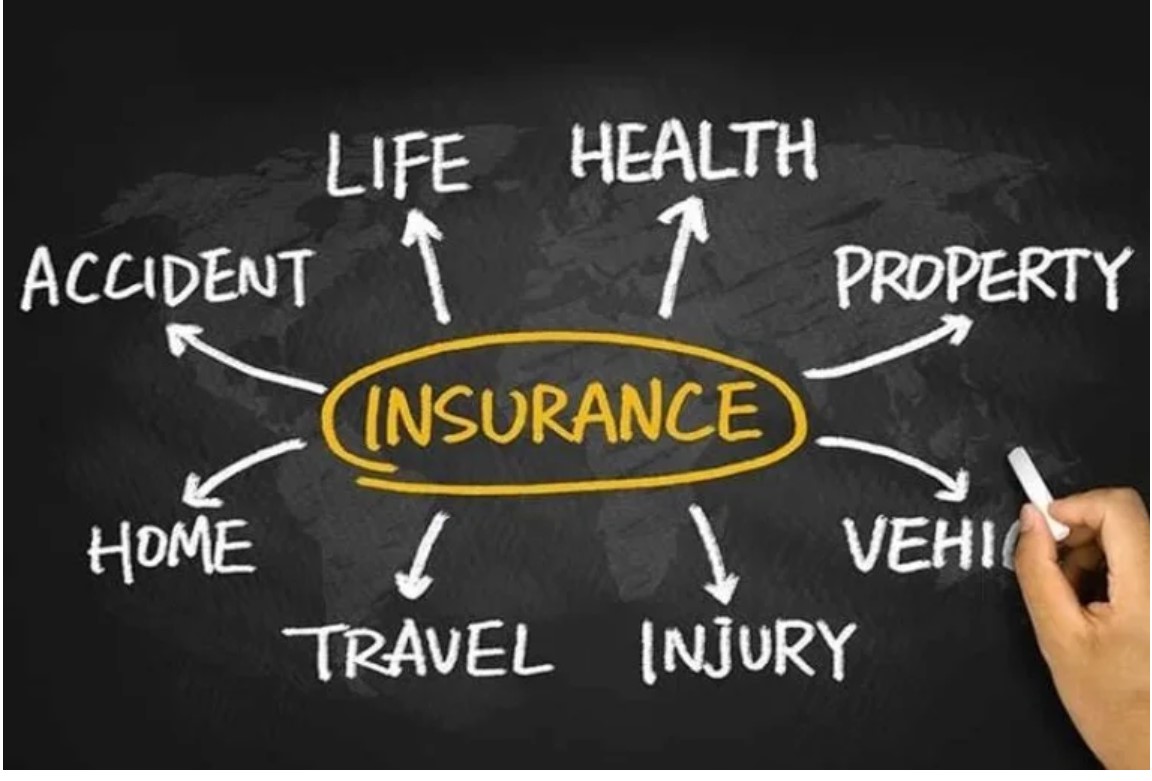
Third-party insurance premiums up from January 1; ¢482 for private cars and ¢637 for taxis
Read MoreWhy Buy Insurance ?
There will be no need for insurance if we are living in a perfect world on this planet called EARTH. Our goods would always arrive at their destination
Read MoreEmerging Trends In Ghanaian Insurance Market An Overview
According to a report by a UK based IT Solutions, Ghana has one of the fastest growing insurance industries in the world.
Read MoreTop 10 Insurance Brokers In Ghana
Ghana 2016 68 Insurance brokering companies that operated in Ghana in 2016 earned Income of GHC 73,144,221 in 2016 representing growth rate of 12%.
Read More


